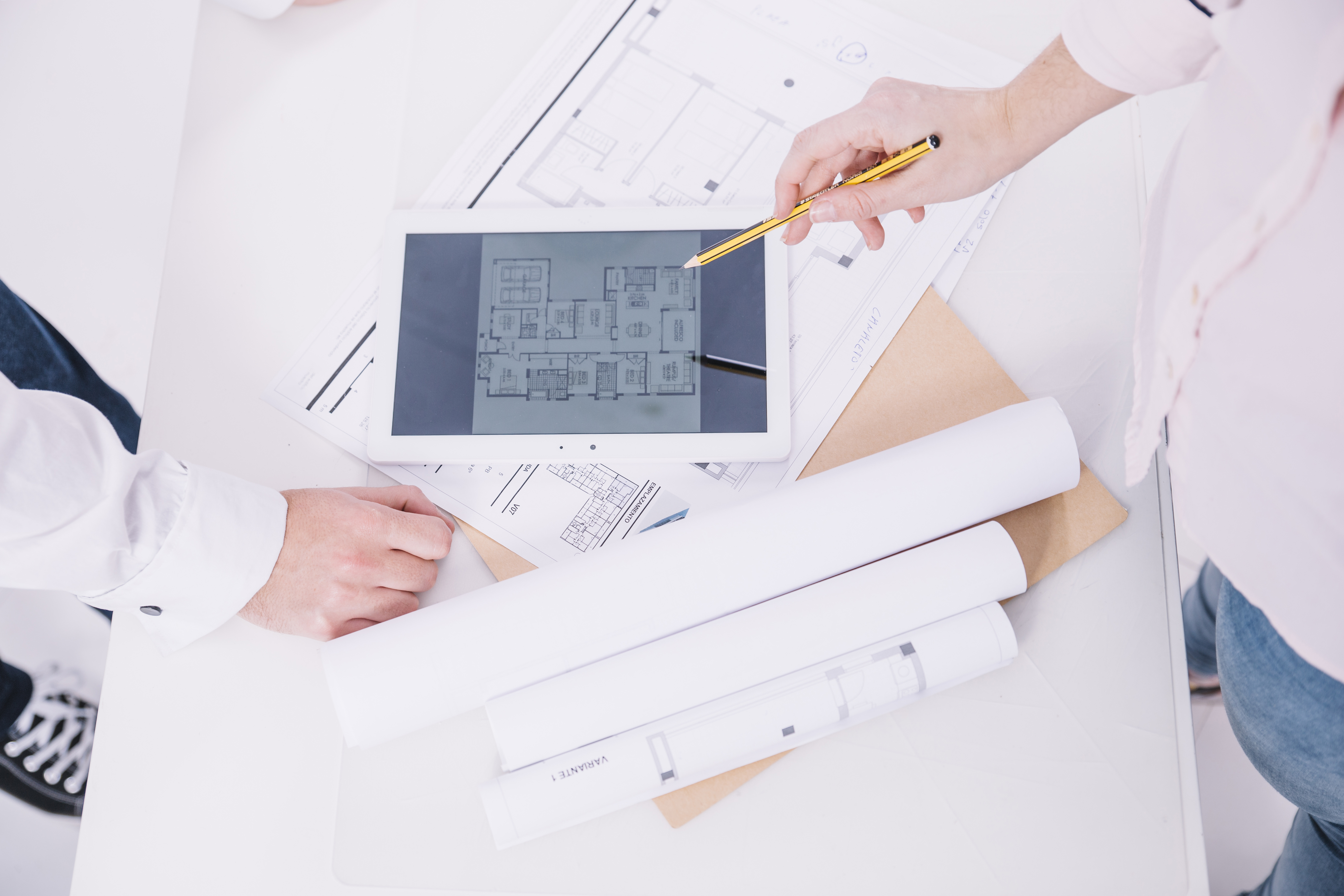
5 minute read
The Future of Structural Drafting: Innovations and Technological Advancements
What is Structural Drafting, and Why is it Important?
Structural Drafting Services is the process of creating detailed technical drawings and plans for buildings, bridges, tunnels, and other infrastructure projects. These drafts serve as blueprints for engineers, architects, and construction professionals, ensuring that structures are built safely and efficiently. With the rapid advancement of technology, structural drafting has evolved significantly, making construction faster, more precise, and cost-effective.
How Has Structural Drafting Evolved Over the Years?
Structural drafting has come a long way from hand-drawn blueprints to computer-aided design (CAD) software. Initially, drafters relied on pencils, rulers, and protractors to create detailed technical drawings manually. However, with the introduction of CAD software in the 1960s, drafting became more precise, allowing drafters to make changes quickly and share digital copies effortlessly. Today, innovations like Building Information Modeling (BIM) and Artificial Intelligence (AI) are further revolutionizing the industry.
What Role Does Building Information Modeling (BIM) Play in Structural Drafting?
Building Information Modeling (BIM) is a game-changer in structural drafting. Unlike traditional CAD software, BIM allows drafters to create intelligent 3D models that contain not just geometry but also data related to materials, costs, and structural performance.
Benefits of BIM in Structural Drafting:
Enhanced Collaboration – BIM enables real-time collaboration between architects, engineers, and contractors, reducing miscommunication and errors.
Improved Accuracy – The software detects clashes between structural elements before construction, preventing costly mistakes.
Time and Cost Efficiency – By automating calculations and material estimations, BIM speeds up the drafting process and reduces expenses.
Better Visualization – 3D models help stakeholders visualize the final structure before construction begins.
How is Artificial Intelligence (AI) Impacting Structural Drafting?
AI is transforming many industries, including structural drafting. AI-powered tools can analyze vast amounts of data, identify patterns, and suggest design optimizations.
AI Applications in Structural Drafting:
Automated Design Generation – AI can generate multiple design variations based on specified parameters, helping drafters explore the best options.
Error Detection – AI algorithms can detect potential structural flaws in designs before they reach the construction phase.
Predictive Maintenance – AI can analyze historical data to predict when structural components may require maintenance, improving long-term safety.
What is Generative Design, and How is it Shaping the Future?
Generative design is a cutting-edge technology that uses AI and algorithms to create multiple design options based on specific constraints like weight, material, and cost. This technology allows drafters to explore innovative designs that may not have been possible through traditional methods.
Key Advantages of Generative Design:
Optimized Structural Performance – AI-driven designs are lighter, stronger, and more efficient.
Reduced Material Waste – Generative design minimizes excess material usage, making projects more sustainable.
Faster Drafting Process – Automated design generation speeds up the creation of structural drafts.
How is Cloud Computing Revolutionizing Structural Drafting?
Cloud computing enables drafters to store, access, and share their designs online, eliminating the need for bulky physical files. Cloud-based CAD and BIM software allow real-time collaboration, even from remote locations.
Benefits of Cloud Computing in Structural Drafting:
Remote Access – Drafters and engineers can work on projects from anywhere.
Automatic Updates – Cloud-based software receives real-time updates, ensuring users always have the latest tools.
Enhanced Security – Cloud platforms offer encrypted data storage, reducing the risk of lost or stolen drafts.
What Role Does Augmented Reality (AR) and Virtual Reality (VR) Play in Structural Drafting?
AR and VR technologies are making structural drafting more interactive and immersive. Instead of viewing 2D blueprints, stakeholders can experience a virtual walkthrough of a project before construction even begins.
How AR and VR Enhance Structural Drafting:
Better Design Visualization – Clients can see a virtual representation of their structure, making it easier to suggest changes.
Improved Training – AR and VR help new drafters understand complex designs more effectively.
Error Reduction – By immersing drafters in a virtual model, they can identify and fix design flaws before actual construction.
How is 3D Printing Influencing Structural Drafting?
3D printing is another technological advancement transforming structural drafting. Architects and engineers can now create small-scale 3D-printed models of their designs, helping them identify potential flaws and improve structural integrity.
Key Benefits of 3D Printing in Structural Drafting:
Quick Prototyping – Drafters can create physical models in hours instead of days.
Cost Efficiency – Reduces the need for expensive physical mock-ups.
Greater Design Freedom – Allows for the creation of complex structures that may be difficult to build using traditional methods.
What is the Role of Robotics in Structural Drafting?
Robotics is making construction safer and more efficient. Automated machines can read digital drafts and perform tasks such as cutting materials and assembling structures with high precision.
How Robotics is Changing Structural Drafting:
Improved Accuracy – Reduces human error in translating drafts into physical structures.
Faster Construction – Automated machines can work around the clock, speeding up the building process.
Enhanced Safety – Reduces the risk of accidents by handling dangerous tasks.
What Future Trends Can We Expect in Structural Drafting?
The future of structural drafting is bright, with many exciting trends emerging:
AI-Driven Automation – More tasks will be automated, allowing drafters to focus on creative problem-solving.
Sustainable Design Integration – Eco-friendly materials and energy-efficient structures will become the norm.
Advanced Digital Twin Technology – Real-time digital replicas of buildings will help monitor and optimize structural performance.
Blockchain in Drafting – Secure, transparent record-keeping for construction projects will enhance trust and accountability.
Conclusion: Is Structural Drafting Ready for the Future?
Absolutely! With advancements in AI, BIM, AR/VR, robotics, and cloud computing, Structural Drafting Services is becoming faster, more accurate, and highly efficient. The integration of these technologies is not only improving the drafting process but also revolutionizing the way structures are designed and built. As we move forward, embracing these innovations will be crucial for professionals in the field to stay ahead of the curve.










